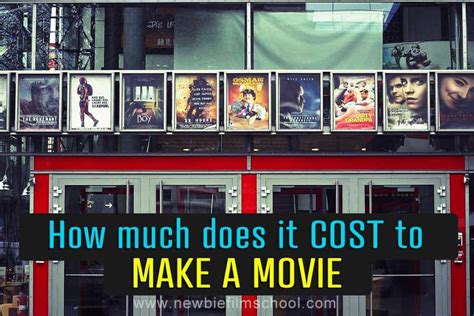How Expensive Is It to Make a Movie with Film?
The cost of making a movie with film stock is significantly higher than digital filmmaking. While digital production offers unparalleled affordability and flexibility, shooting on film retains a certain aesthetic appeal and, consequently, a hefty price tag. Let's break down the factors driving this expense:
The High Cost of Film Stock
The most obvious expense is the film stock itself. Different formats (Super 8, 16mm, 35mm, 65mm) and types (color negative, black and white, etc.) vary dramatically in price. High-resolution formats like 65mm, favored for IMAX productions, are exceptionally costly, while lower resolutions like Super 8 offer a more budget-friendly (but still more expensive than digital) alternative. The amount of film needed depends heavily on the length of the movie and the director's shooting style. Reshoots, unfortunately, add significantly to this expense.
Processing and Scanning
Once the film is shot, it needs to be processed and scanned to a digital format for editing and post-production. This involves specialized labs and equipment, adding another substantial cost to the overall budget. The quality of scanning impacts the final image, and higher resolution scans come with higher prices.
Other Contributing Factors:
Beyond the film itself, several other factors contribute to the high cost of film production:
Equipment Rental:
Film cameras, lenses, and related equipment are usually rented, adding considerable expenses to the budget. Maintaining and repairing these specialized pieces of equipment can also be costly. The rental cost depends on the camera's age, features, and rental duration. Older, classic cameras often command higher rental fees due to their rarity and historical value.
Specialized Personnel:
Working with film often requires a team of highly skilled professionals experienced in handling film stock and traditional filmmaking techniques. These professionals, such as experienced camera operators and film lab technicians, are in high demand and often command higher salaries compared to their digital counterparts.
Storage and Preservation:
Storing and preserving film negatives requires specific environmental conditions to prevent damage and degradation. This adds to the long-term costs associated with film production, especially for archiving purposes.
Comparing Film to Digital: A Cost Breakdown (Illustrative)
It's impossible to give a precise figure without specifics, but here's a general comparison to illustrate the difference:
- Low-budget digital film: Could be made for under $10,000 (with significant compromises).
- Low-budget film: Could easily cost $50,000 - $100,000 or more, and still be considered low-budget.
- High-budget digital film: Millions to hundreds of millions of dollars.
- High-budget film: Tens to hundreds of millions of dollars, with many factors influencing cost.
The Bottom Line: Shooting a movie on film is substantially more expensive than digital filmmaking. While the aesthetic advantages of film attract many filmmakers, it’s crucial to thoroughly consider and factor in these higher costs before embarking on a film project. Careful planning, efficient shooting, and a realistic budget are absolutely essential.
